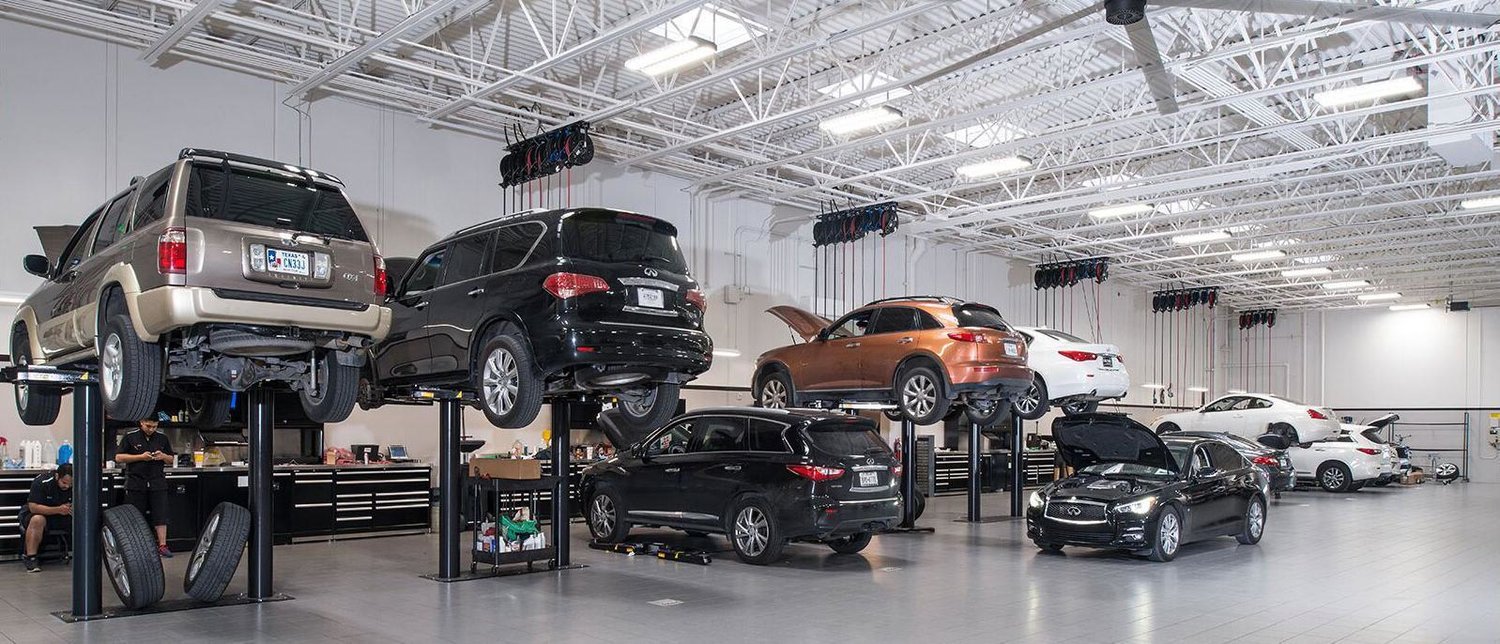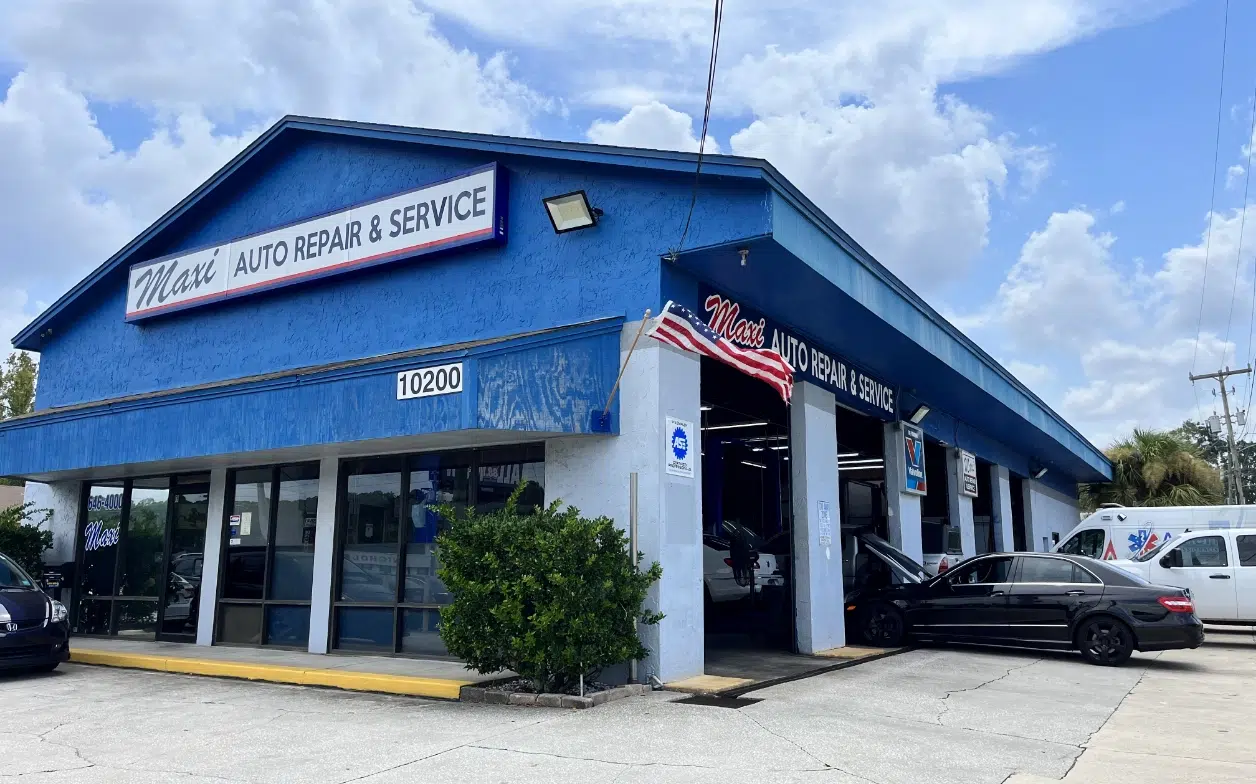All Categories
Featured
Brakes are perhaps one of the most crucial security attribute of any kind of car. Without dependable brakes, also the most powerful automobile can become a danger when driving. That's why routine brake evaluations are a have to for ensuring your vehicle stops when you need it to. Complying with an appropriate brake evaluation routine can not just maintain you secure but also aid you avoid pricey repair work. Right here's an in-depth overview on just how to effectively check your brakes and what to watch out for.
- The Importance of Normal Brake Inspections. Brakes go through continuous damage with every use, whether you're driving at broadband on the freeway or travelling through city roads. Gradually, brake pads, blades, and other parts use down, which can affect braking performance. Without routine assessments, you might not notice the progressive reduction in effectiveness until it's far too late.
Routine brake examinations permit you to capture issues early, guaranteeing that your brakes stay responsive, trusted, and risk-free. Timely examinations can also conserve you cash by dealing with small concerns before they end up being costly repairs.
- Common Indicators That Your Brakes Need Interest. While routine brake examinations are essential, there are some indication you can keep an eye out for to understand when it's time to arrange a check-up:
Squealing or Grinding Sounds: Shrill squeaks or grinding noises when using the brakes are commonly indicators that your brake pads are used out and need replacement. Vibration or Pulsation: If you feel resonances in the guiding wheel or the brake pedal, it might indicate warped blades, which might need resurfacing or changing. Soft or Spongy Brake Pedal: If the brake pedal really feels unusually soft or squishy, there may be air in the brake lines or an issue with the master cyndrical tube. Drawing away: If your car draws to one side while braking, this could be caused by unequal brake pad wear or a concern with the brake liquid. Increased Quiting Range: If it takes longer to quit than usual, it may indicate that the brake pads are put on, the fluid is low, or the rotors are harmed. If you see any one of these symptoms, it's best to have your brakes checked right away.

- Key Components Checked During Brake Inspections. During a brake evaluation, a service technician will inspect numerous vital parts of the stopping system to guarantee every little thing is working correctly. Here are the essential elements involved:
Brake Pads: The most typical reason for poor braking performance is worn-out brake pads. Inspecting the thickness of the pads is a priority during every assessment. Brake Rotors: Blades must be smooth and devoid of grooves or cracks. Any type of significant damage to the rotors might bring about jeopardized stopping effectiveness and unequal pad wear. Brake Fluid: Low or polluted brake liquid can harm braking efficiency. The specialist will inspect the fluid degrees and high quality and replace it if needed. Brake Lines and Hoses: Brake lines need to be without leakages or cracks. Any type of damages to the lines can result in loss of brake liquid, bring about brake failing. Brake Calipers: The calipers apply pressure to the brake pads. They need to be evaluated for signs of wear or leakages to guarantee they are functioning properly. Routinely examining these components assists maintain your brake system in peak condition, allowing you to stop your cars and truck safely and efficiently.
- Just how Usually Should You Have Your Brakes Checked? The general suggestion is to have your brakes examined a minimum of annually or every 12,000 miles, relying on your driving habits. Nevertheless, particular driving problems may require more frequent examinations:
Hefty Web Traffic: If you typically drive in stop-and-go web traffic, your brake pads will wear down quicker. Hill Driving: Driving on steep roadways requires even more frequent stopping, which can create your brakes to put on quicker. Towing or Hauling Heavy Plenties: If you consistently bring heavy loads, your brakes will experience much more anxiety and require more frequent inspections. If you discover any of the warning indicators pointed out previously, don't await the next scheduled inspection-- have your brakes examined quickly.
- The Effects of Neglecting Brake Inspections. Overlooking regular brake examinations can result in severe consequences. A falling short brake system can lead to decreased quiting power, which raises your risk of accidents. Neglecting brake upkeep can additionally bring about a lot more expensive repair services. For instance, if you postpone replacing used brake pads, the damage could include the rotors, leading to the need for blades replacement, which is a much more expensive repair.
In the worst situation, driving with harmed brakes can cause complete brake failure, placing you and various other drivers in danger. Normal brake inspections are a tiny investment that can save your life and prevent costly fixings.
- Final Thought: Stay Safe with Regimen Brake Inspections. Brakes are not something you intend to take opportunities with. A trustworthy braking system is crucial for safe driving, and routine brake inspections are a simple method to make sure that your vehicle quits when you require it most. By staying on top of brake upkeep, viewing for cautioning indications, and having your brakes inspected at the recommended intervals, you'll safeguard both your car and your safety.
Do not wait up until your brakes start to fall short-- timetable routine brake inspections and keep your lorry in ideal condition for years to come.
Latest Posts
Join WyHy FCU – Key Advantages for Your Money Goals
Check Out Cost-Effective Auto Repairs with Montclare’s Limited-Time Service Specials
Grab Limited-Time Auto Repair Offers in Chicago at Montclare Auto Repair
More
Latest Posts
Join WyHy FCU – Key Advantages for Your Money Goals
Check Out Cost-Effective Auto Repairs with Montclare’s Limited-Time Service Specials
Grab Limited-Time Auto Repair Offers in Chicago at Montclare Auto Repair
